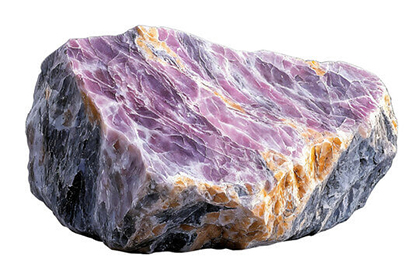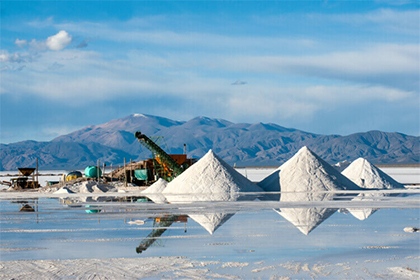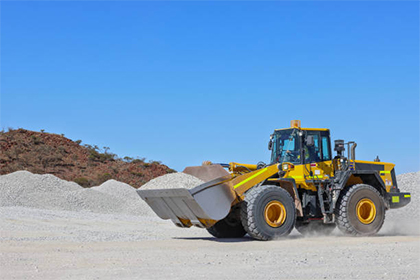Mica Process Flow: Comprehensive Guide
 Sheena
Sheena
 Apr 03, 2025
Apr 03, 2025
 90
90
If you want to know more details about equipment, solutions, etc, please click the button below for free consultation, or leave your requirements!
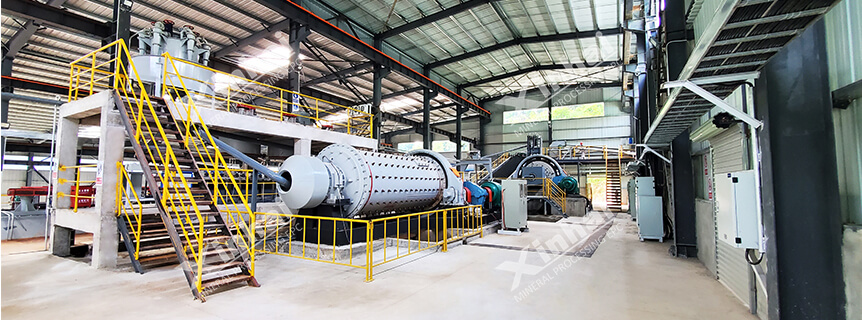
China 300tpd mica flotation plant
Mica, known for its excellent heat resistance, electrical insulation, and chemical stability, is a valuable mineral used in electronics, construction materials, cosmetics, and more. The process of transforming raw mica ore into high-value products involves several key steps.
01Mica Ore Extraction and Preliminary Processing
BackMica deposits are commonly found in granitic and gneissic rocks. Once extracted, the raw ore undergoes crushing and screening to remove larger impurities. After preliminary sorting, the ore is transported to the processing plant for further treatment.
02Mica Purification Techniques
Back
The purification of mica primarily involves the following stages:
Crushing and Grinding: The ore is crushed using jaw crushers and ground using ball mills to achieve the desired particle size.
Gravity Separation or Flotation: Depending on the mineral composition, gravity separation or flotation techniques are applied to remove impurities such as quartz and feldspar.
Acid and Alkali Washing: Acid washing removes iron impurities, while alkali washing eliminates organic residues, enhancing mica purity.
Drying and Classification: The purified mica is dried to remove moisture and then classified based on particle size.
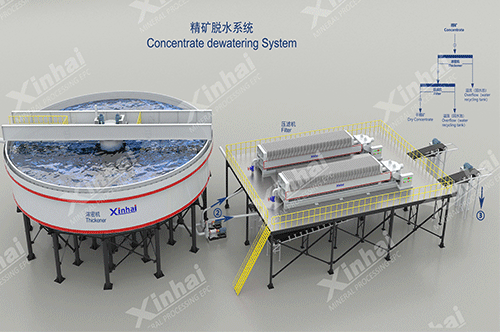
03Advanced Mica Processing for Various Applications
BackUltra-Fine Mica Powder: Air classification and jet milling are used to produce fine mica powder, suitable for fillers in paints and plastics.
Mica Paper and Sheets: High-temperature pressing produces thin mica sheets, widely used as electrical insulation materials.
Pearlescent Mica Pigments: Coating mica flakes with metal oxides results in lustrous pigments, ideal for cosmetics and decorative coatings.
04Sustainability in Mica Processing
Back
Environmental concerns are crucial in mica processing due to the potential release of heavy metals and flotation reagents. Implementing water recycling systems and comprehensive waste management practices minimizes environmental impact and promotes sustainable production.
05Conclusion
BackEfficient mica processing enhances product quality and market value while addressing environmental challenges. As technology advances, innovative methods will continue to improve processing efficiency, supporting a wider range of high-end applications.
 +86 18716000713
+86 18716000713 xlyin@xinhaimining.net
xlyin@xinhaimining.net



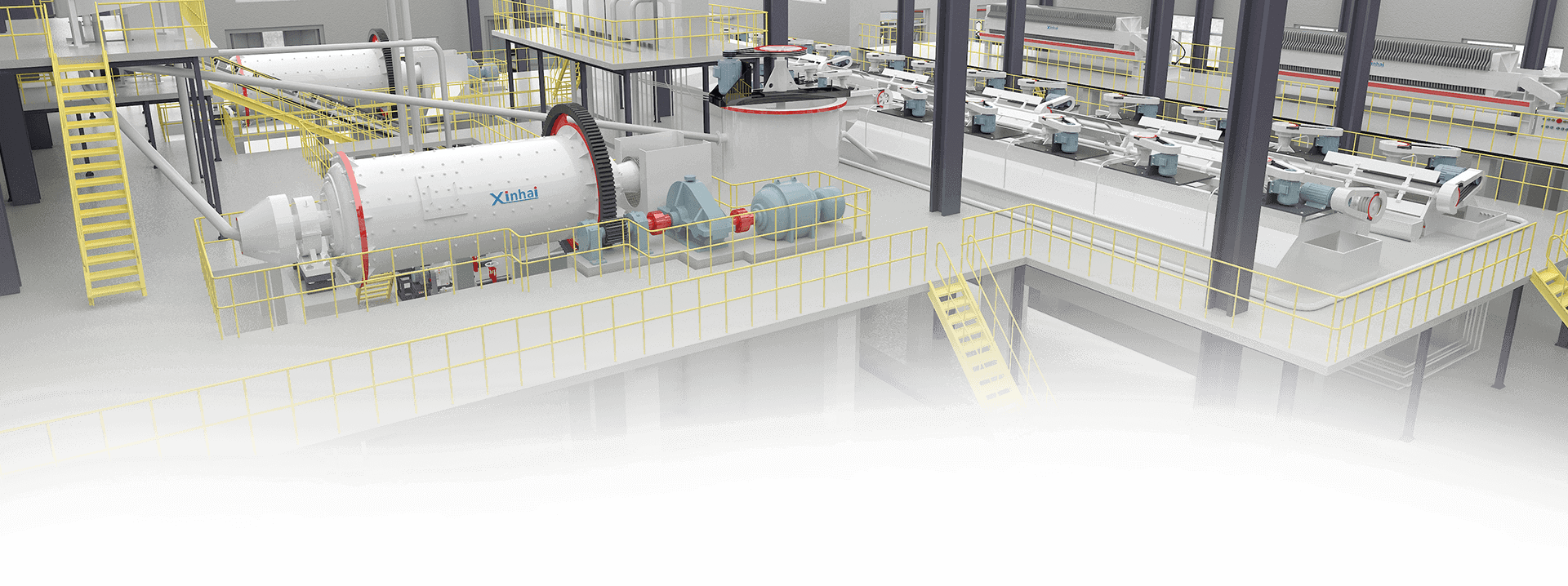
 Message
Message Chat Now
Chat Now


